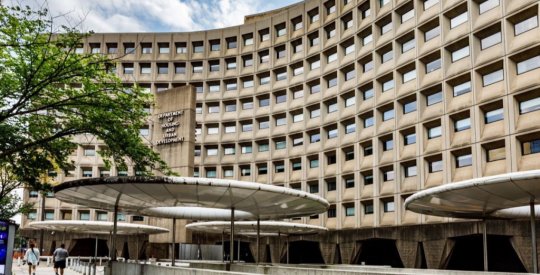Of all mortgage collateral sectors, pay-option adjustable-rate mortgages (ARMs) are the least modifiable under a federally-subsidized modification program, according to research Monday by Bank of America Merrill Lynch (BofAML). Researchers found that, in general, collateral with higher delinquencies see higher modification rates. But despite the wave of option ARMs set to recast monthly payments over the next several years, these types of loan fall in “the least modifiable sector” under the Home Affordable Modification Program (HAMP) because of their failure to measure up to eligibility requirements and net present value (NPV) test requirements. The researchers based their conclusion on the results of the Federal Deposit Insurance Corp. (FDIC) modification program implemented at failed IndyMac Federal Bank. BofAML researchers studied the modification rates of alt-A fixed, alt-A hybrid, option ARM and subprime mortgages under the IndyMac program, from which the administration ultimately modeled HAMP. The modification rates of all loan types ramped up with time, but began to fall in August around the time the administration’s HAMP was adopted. The three-month trial stage kept HAMP mods from showing up on the radar, so modification rates were “negligible” by October. By the time modification rates held steady before August, alt-A fixed-rate mortgages were being modified at a monthly rate of 0.6% of current balance for a cumulative modification rate of 5.6%. Subprime mortgages, on the other hand, bore the highest monthly modification rate of 1.6%, for a cumulative rate of 20.4%. Based on the IndyMac data, subprime collateral was 60+ days delinquent at a rate four times higher than alt-A fixed-rate collateral. By extension, researchers noted, modification rates on subprime were roughly four times higher, too: 
 But option ARMs did not follow the same trend. The monthly modification rate of option ARMs was about 15 bps lower on average than alt-A hybrids and about 1 percentage point lower on a cumulative basis (illustrated below), despite delinquency rates that were 50% higher.
But option ARMs did not follow the same trend. The monthly modification rate of option ARMs was about 15 bps lower on average than alt-A hybrids and about 1 percentage point lower on a cumulative basis (illustrated below), despite delinquency rates that were 50% higher.  The BofAML research comes after a US Treasury Department adviser told the press HAMP is not for every borrower, as modification usually applies to a “subset” of distressed borrowers. Although permanent HAMP mods are now beginning to pick up, a House Committee on Oversight and Government Reform this month launched an investigation into HAMP’s effectiveness. Write to Diana Golobay.
The BofAML research comes after a US Treasury Department adviser told the press HAMP is not for every borrower, as modification usually applies to a “subset” of distressed borrowers. Although permanent HAMP mods are now beginning to pick up, a House Committee on Oversight and Government Reform this month launched an investigation into HAMP’s effectiveness. Write to Diana Golobay.
Option ARMs Don’t Measure Up in HAMP: BofA
Most Popular Articles
Latest Articles
HUD walks back some proposed changes to HECM for Purchase program
Certain changes announced for the H4P program last year will not be implemented after public comments raised concerns, HUD and FHA said.
-
Key housing markets are starting to buck national trends: Redfin
-
Median payment on purchase mortgage applications rises to $2,201: MBA
-
HUD, USDA reach accord on energy-efficiency standard for new construction
-
U.S. mortgage delinquency rates remain near historic lows: CoreLogic
-
HomeServices settles commission lawsuits for $250M



